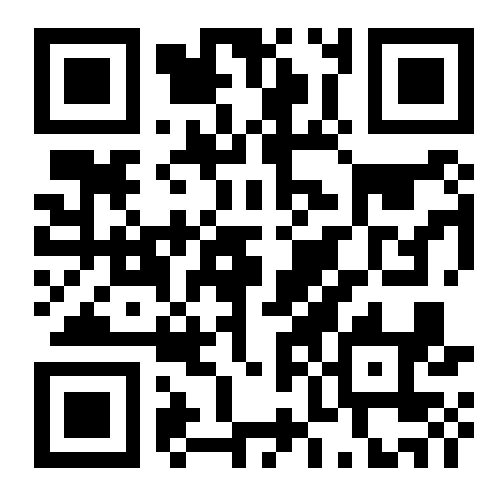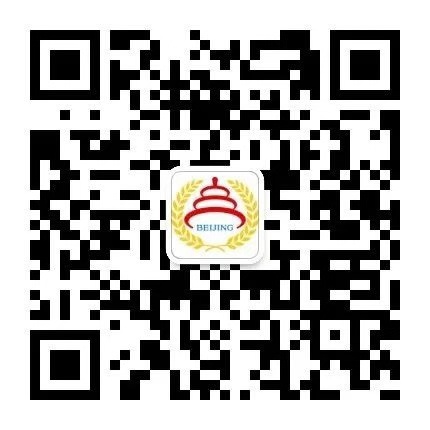Recently, in response to the COVID-19 Delta variant, the National Health Commission issued the Guidelines for the Public and Key Occupational Groups on Wearing Masks (August 2021 Edition), which revised certain requirements for wearing masks.
Scenarios Requiring Masks
in shopping malls, supermarkets, cinemas, conference venues, exhibition halls, airports, docks, public areas of hotels and other indoor crowded places.
when taking elevators and public transport vehicles such as planes, trains, ships, long-distance buses, subway, buses, etc.
in crowded open-air places like plazas, theaters, and parks.
when going to hospitals either on your own or accompanying others, or when undergoing health checks like having your temperature taken, the health code checked, and itinerary information registered.
when experiencing symptoms such as nasal or throat discomfort, cough, sneeze or fever.
when not eating in restaurants or canteens.
How to Choose Masks and Tips on Mask Use
It is recommended to use disposable medical masks, surgical face masks or masks with higher levels of protection, and observe the following instructions:
Wear masks correctly, and make sure that the mask covers your mouth, nose and jaw, and the nose clip is molded along the bridge of your nose.
When a mask is contaminated, out of shape, damaged or smelly, it needs to be replaced. No mask should be worn for more than eight hours.
When a mask is used in cross-regional mass transit vehicles or hospitals, it should not be reused.
Masks that need to be used again can be hung in a clean, dry and well-ventilated place.
If you experience chest tightness, shortness of breath or any other discomfort, please head to open space immediately and take off the mask.
When going out, please bring extra masks and keep them in the original package or a clean bag.
It is recommended that each family store a few particulate masks and medical protective masks for emergency use.
Abandoned masks should be disposed of as other waste.









